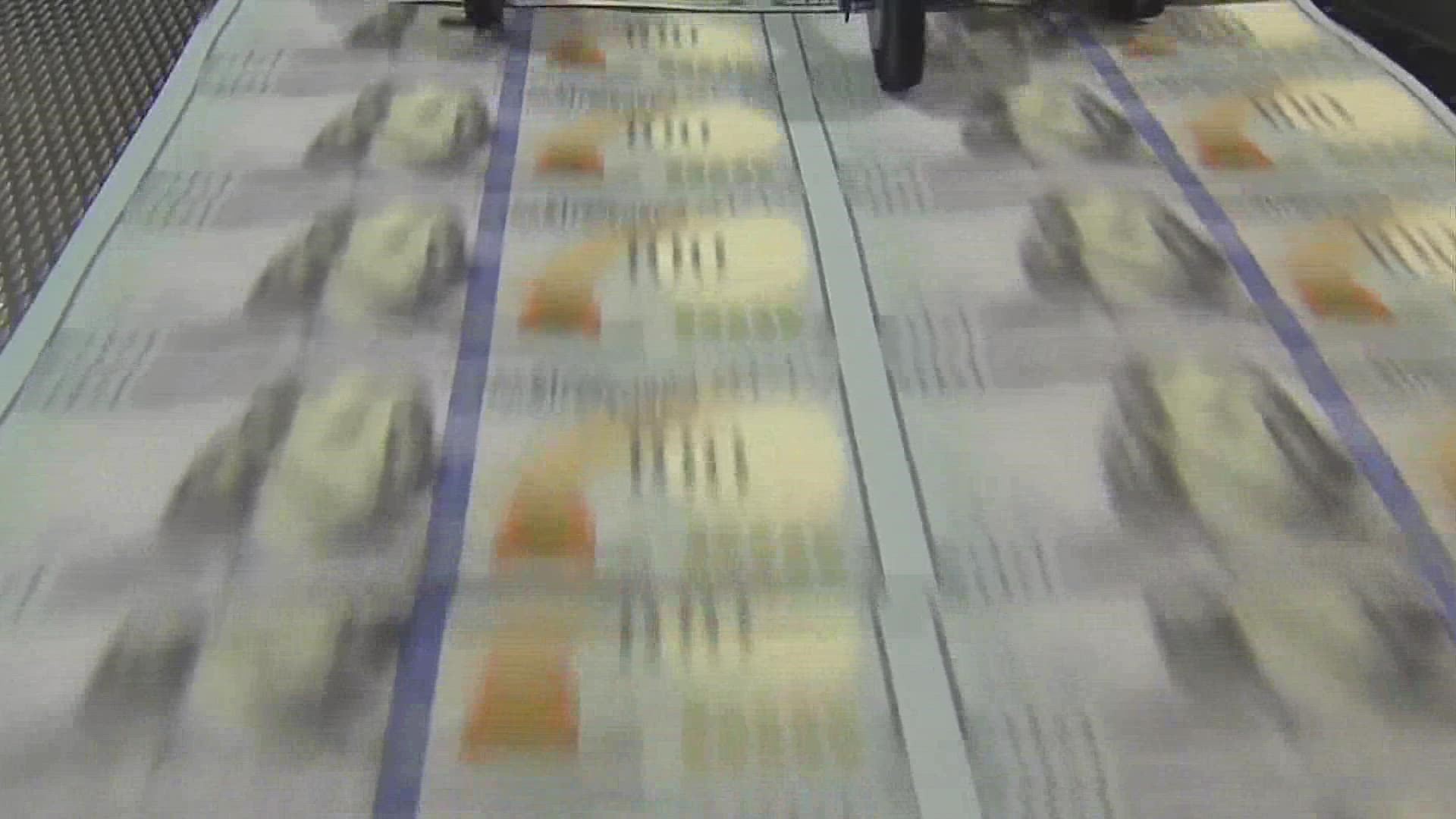NEW YORK — Stocks fell in afternoon trading on Wall Street Friday as major indexes close out a dismal year with lingering concerns about stubbornly hot inflation and a potential recession.
The S&P 500 fell 0.7% as of 12:01 p.m. Eastern. The index, which is considered a benchmark for the broader market by investors, is on track to end 2022 with a 20% loss. That would mark its worst loss since the financial crisis 14 years ago.
The Nasdaq composite fell 0.7% and is on track for a much steeper annual loss of 33.5%. The index is faring much worse this year because it is heavily made up of technology stocks that have been leading the broader market slump.
The Dow Jones Industrial Average fell 210 points, or 0.6%, to 33,007. It is on track for a 9.4% loss this year.
There was scant corporate or economic news for Wall Street to review on the last trading day of the year. Tesla stabilized from steep losses earlier in the week, though it is still on track for a 65% loss this year.
Southwest Airlines stabilized as its operations returned to relative normalcy following massive cancellations over the holiday period.
Energy stocks held up better than the rest of the market as U.S. crude oil prices rose 0.6%.
Bond yields rose. The yield on the 10-Year Treasury, which influences mortgage rates, rose to 3.89% from 3.82%.
Stocks struggled all year as inflation put increasing pressure on consumers and raised concerns about economies slipping into recession. Central banks raised interest rates to fight high prices. The Federal Reserve's aggressive rate hikes remain a major focus for investors as the central bank walks a thin line between raising rates enough to cool inflation, but not so much that they stall the U.S. economy into a recession.
The Fed’s key lending rate stood at a range of 0% to 0.25% at the beginning of 2022 and will close the year at a range of 4.25% to 4.5% after seven increases. The U.S. central bank forecasts that will reach a range of 5% to 5.25% by the end of 2023. Its forecast doesn’t call for a rate cut before 2024.
Russia's invasion of Ukraine worsened inflation pressure earlier in the year by making oil, gas and food commodity prices even more volatile amid existing supply chain issues. China spent most of the year imposing strict COVID-19 policies which crimped production for raw materials and goods, but is now in the process of removing travel and other restrictions.
The Fed's battle against inflation, though, will likely remain the overarching concern in 2023, according to analysts. Investors will continue searching for a better sense of whether inflation is easing fast enough to take pressure off of consumers and the Fed.
Several big updates on the employment market are on tap for the first week of 2023. It has been a particularly strong area of the economy and has helped create a bulwark against a recession. That has made the Fed's job more difficult, though, because strong employment and wages mean it may have to remain aggressive to keep fighting inflation. That, in turn, raises the risk of slowing the economy too much and bringing on a recession.
The Fed will release minutes from its latest policy meeting on Wednesday, potentially giving investors more insight into its next moves.
The government will also release a November report on job openings on Wednesday. That will be followed by a weekly update on unemployment on Thursday. The closely-watched monthly employment report will be released on Friday.
Wall Street is also waiting on the latest round of corporate earnings reports, which will start flowing in around the middle of January. Companies have been warning investors that inflation will likely crimp their profits and revenue in 2023. That's after spending most of 2022 raising prices on everything from food to clothing in an effort to offset inflation, though many companies went further and actually increased their profit margins.
Companies in the S&P 500 are expected to broadly report a 3.5% drop in earnings during the fourth quarter, according to FactSet. Analysts expect earnings to then remain roughly flat through the first half of 2023.

